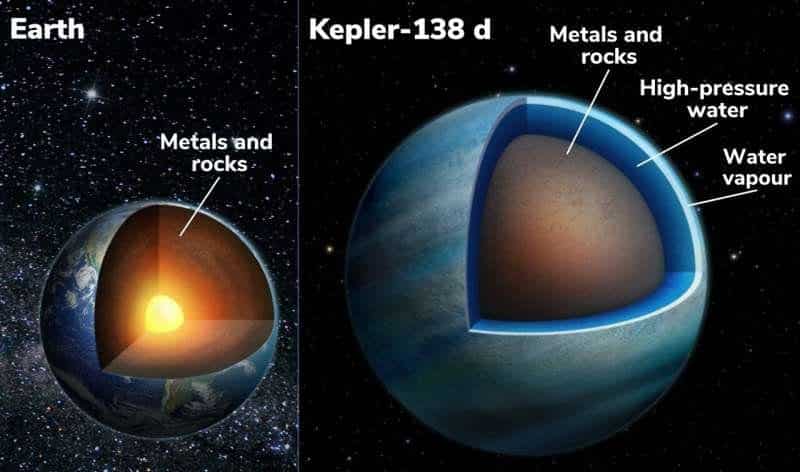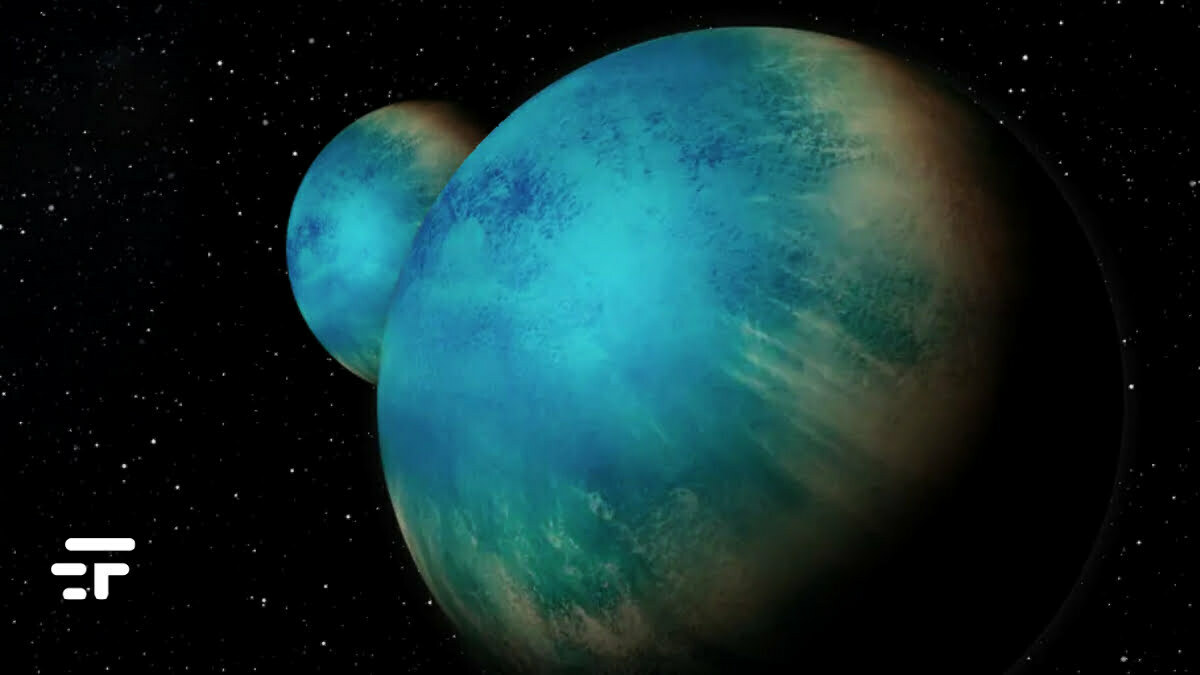A team of astronomers from the University of Montreal has discovered evidence that two exoplanets orbiting a red dwarf star are “water worlds,” planets where water makes up a large fraction of the volume. These worlds, located in a planetary system 218 light-years away in the constellation Lyra, are "twins" to each other but different from any planet in our solar system.
The team, led by the PhD student Caroline Piaulet published the study today in Nature Astronomy (I link it here). Show details about this planetary system known as Kepler-138.
Eyes wide open to the cosmos
Piaulet, member of the research team of Bjorn Benneke, used the Hubble and Spitzer Space Telescopes to observe the exoplanets Kepler-138c and Kepler-138d, finding that they may be composed mainly of water. These planets, along with a closest planetary companion to the star, Kepler-138b, had previously been spotted by NASA's Kepler telescope.

Have we seen seas, waves or anything like that on the twin planets?
No. Water has not been directly detected, but by comparing the sizes and masses of the planets with models, it is concluded that a significant fraction of their volume – up to half – should be composed of materials lighter than rock but heavier hydrogen or helium (which make up most giant planets like Jupiter). The most common material among these candidates is water.
Don't call them Super Earths
“Planets slightly larger than Earth were previously thought to be large balls of metal and rock, like enlarged versions of Earth, and that's why we called them super-Earths,” Benneke explained. “We have now shown that these two twin planets, Kepler-138c and ed, are very different in nature: a large part of their total volume is probably composed of water. This is the first time we have observed planets that can be positively identified as water worlds."
What kind of water? It could be liquid and at high pressure, or even in a state called “supercritical fluid” that occurs at extreme pressures. It will take the space telescope James Webb of NASA to confirm these theories. Another planet, TOI-1452bmay also have an ocean of liquid water on its surface, but that too will require further investigation.
Our ability to detect and analyze planets far from their stars is growing rapidly, opening up the possibility of discovering more worlds like Kepler-138c and d. And soon, but this is a completely personal belief, the clear evidence of life outside our planet.


